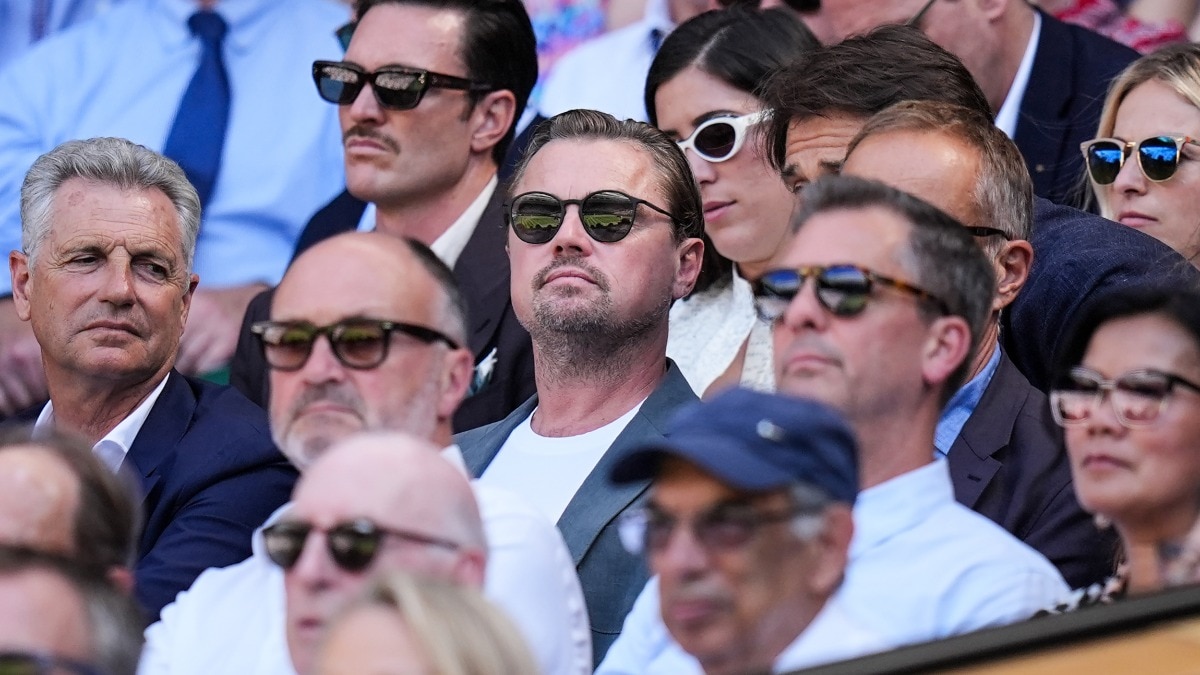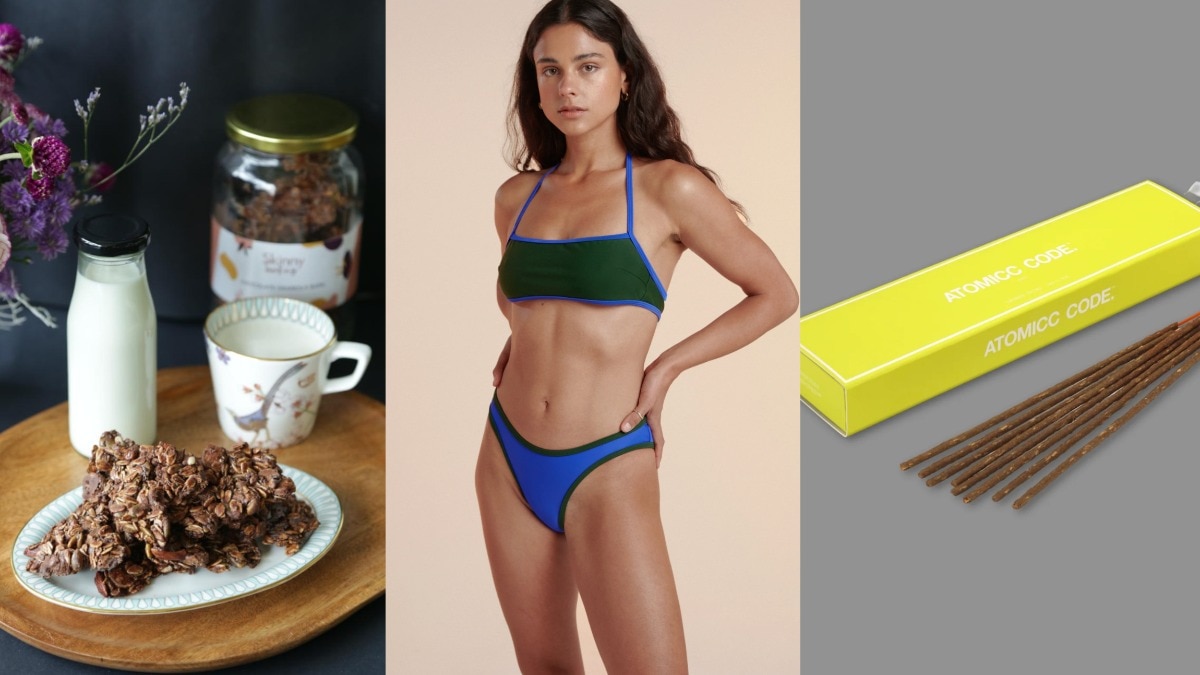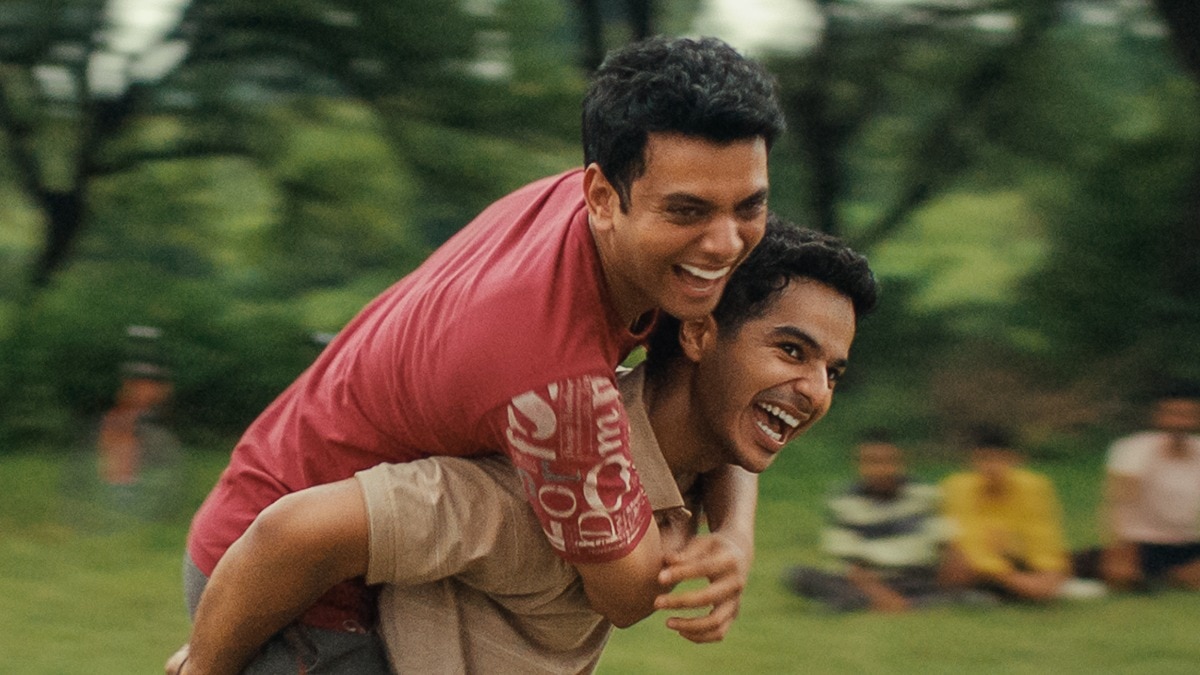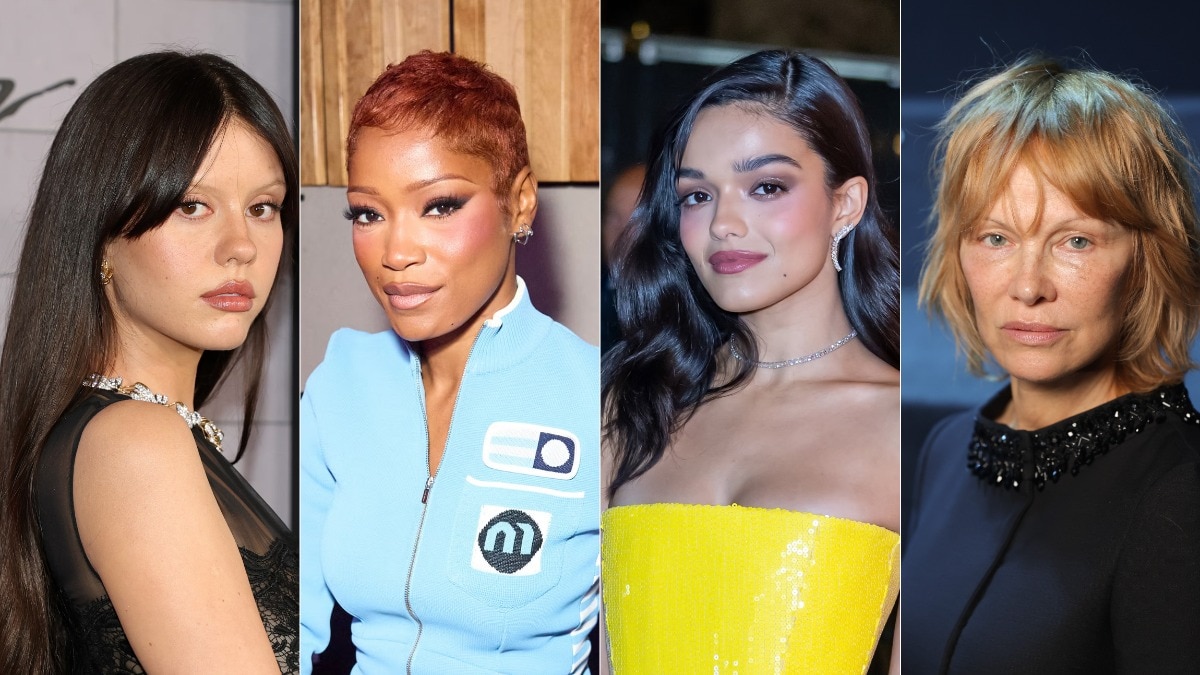
This artist returns with a solo exhibit in Mumbai after 20 years
Gulam Mohammed Sheikh talks to Bazaar India about figurative art, his evolution as an artist, his influences, and more.


For more than six decades, Gulam Mohammed Sheikh has been a weaver of worlds. Not on a loom, but on canvas, and with words as fine as threads. He is a painter, a poet, and a writer who sees time not as a linear path, but as a shimmering fabric where past, present, and future intertwine. Bazaar India sits down with the 87-year-old for a conversation at his exhibition at Mumbai’s Chemould Prescott Road, titled Kaarawaan and Other Works, organised in association with Delhi-based Vadehra Art Gallery.
Harper’s Bazaar: Your early work explored the subconscious. How has your art evolved?
Gulam Mohammed Sheikh: It is difficult to put down in a few words what transpired in a career of over 60 years. A series of changes took place over time depending upon the change of location, and changing contexts: historical, social, political, and personal, all together necessitating changing perspectives. During the early ’60s, when I began my professional life as a painter, an image of a solitary horse preoccupied me: it was quite different from MF Husain whose horses were timeless whereas my horse was an animal harnessed to a tonga drawn from my childhood experiences. In the late ’60s, I sought magical encounters in the elements of landscapes depicting trees rising over mountains alongside images of erotic play. What transpired in subsequent periods is too complicated and rather long to describe. Your comment about the role of the subconscious is not off the mark, but I would add that it was a conflation of the conscious, of social and historical awareness with the subconscious that perhaps guided those works.
HB: But you have had your disagreements with the purely abstract. What made you focus on a socially reactive figuration in your art?
GMS: I do not reject any mode of work, including abstraction. In fact, I came quite close to abstraction in the early days of experimentation following the horse series but found it to be a cul-de-sac, so I reverted to figuration. But that was a personal choice, not a judgmental priority. Creating art with the socio-cultural context in mind was an early lesson I learnt while studying at Fine Arts College in Baroda. Awareness of the changing social and political scenario I witnessed in the ’60s propelled me to act. How can an artist act? They can act by incorporating seminal issues, and respond through their practice.

HB: Do you think art can help us decode or shift the politics of the country?
GMS: The function of art is not to decode politics, nor does it claim to change society; what it does is to make you think about issues at stake. It can lead you to a degree of contemplation. Works of Max Beckmann and George Grosz on the pre-Holocaust days still inspire contemplation about violence in our societies. I have felt the urge to paint political events like the Emergency (Speechless City, 1975-77) or periods of intense communalism (City for Sale, 1981-84).
HB: Tell us more about other artists who have influenced your work.
GMS: I feel influenced by all great art including Indian, Western, Chinese, Japanese, Persian, Turkish, and so on. I am most moved by the murals of Ajanta, and feel deeply inspired by the paintings of Mughal masters like Bishan Das, Basawan, and Daswant. I find the bold spontaneity of Nana or Mitharam and Chokha from Rajasthan dazzling. The magic of Basohli and the poetic insights of Pahari painters Manaku and Nainsukh are totally rapturous. I love Giotto for reasons quite different from my admiration for the other early Renaissance masters, like Piero della Francesca. In Sienese paintings of the 13th century, artists like Ambrogio Lorenzetti, Sassetta, and Simone Martini come close to my heart. I enjoy Japanese Makemono, and Kakemono screens, and I admire Utamaro and Hokusai, Chinese scrolls with works of Chao Meng Fu and Ma Yuan. Among the moderns, Max Beckmann, Rene Magritte, Pierre Bonnard, and Pablo Picasso top the list. All these and many others are sources I continue to tap into, and often integrate into my work.
HB: How does your experience studying in London play into your artistic identity?
GMS: The three years I spent at the Royal College of Art were most enjoyable. My monthly interactions with teachers like Peter Blake and Sandra Blow, and the lectures of Peter de Francia were stimulating and exciting. Its location provided me with an opportunity to browse and savour Indian painting in the Victoria and Albert Museum situated next door, to which we had direct access from the painting studio. It was a great time being in the “swinging London” of Beatles and Rolling Stones, when liberal winds of change swept the English society. I loved visiting the great museums, especially the National Gallery. Besides, London became a stepping stone for travelling to France and other destinations full of great art in Europe, especially Italy which I roamed from north to south by hitch-hiking. In a way, my cultural preferences were formed in those three years in England.
HB: Ah! Is that why many of your paintings have journeys and maps?
GMS: Maps are an offshoot of my insatiable wanderlust which came to me from childhood. Maps in some ways approximate real-life wanderings, so there is great fun in making maps. Not only does it involve unexpected delights, it also leads to unexplored discoveries. Thus, in looking for a world map, I found Ebstorf Mappa Mundi (Ebstorf map of the world) made in medieval Europe which engaged me to conduct visual traversals by erasing borders and opening new vistas by inserting new sites. Over the last two decades, I have made more than two dozen versions of my Mappa Mundi, both digitally and in paint.
HB: Along with maps, the idea of memory too seems to be present in your paintings…
GMS: Memory is central to my practice as a painter and a writer. I negotiate memory to deal with a conflation of the past with the present or, in other words, to simultaneously live multiple times in tune with the reality of living in India. We experience the existence of feudal times in Rajasthan, the Sangam period comes alive in the great Chola temples, and Lucknow arouses the musical and other legacies of Avadh, hence the sense of living in multiple times and cultures is deeply ingrained in the Indian psyche. Memory allows you to enter the world of others as you enter the minds of artists like Basawan and Daswant perceiving the folios of Akbarnama. Memory lets you find yourself in Flanders, watching the images of peasant life Breughel painted. Each of these experiences may be an uplifting one in different ways.
My memoir, Gher Jataan (Going Home), written in Gujarati is a journey of living in multiple memories of time and creating new ones.

HB: You are a great writer as you are an artist. What lets you express yourself better? Words or visuals?
GMS: I live simultaneously in the world of words and the world of visuals, and see no conflict in being with them. Each has its own place in my mind. Both express who I am, neither claiming to be superior or inferior. They often overlap but at other times go their separate ways. I journey with both as they move in and out of their respective territories or when they coincide. The world of visuals makes greater demands on your time as a physical act of painting may take months or years to complete a work, whereas prose or poetry live in shorter spells of time in the initial stages, but in the end, they too demand extended time for re-writing, quite often so in my case.
HB: As a prominent figure in Indian contemporary art for decades, how do you see Indian art evolving in the future?
GMS: I see three to four generations of artists practising in front of me, each one engaged in their own world. The changing course of contemporary Indian art has witnessed artists devoted to painting alone to those who have espoused digital media, including the moving image, performance, and installations. There is a marked feature in the rise of women artists in substantial numbers, even artist couples practising in their individual modes. I find the work of several young and mid-career artists most exciting and inspiring. Obviously, I see a great future for art!

HB: You have made a comeback with a solo show after 20 years. What is it all about?
GMS: The Kaarawaan encapsulates my journeys in multiple dimensions; it straddles times of the past quoting Kabir and Ramanuja, and it also brings artists of historical and modern periods shoulder to shoulder. The image of the boat borrowed from an 18th-century painting of Nainsukh sails into the future. It is an attempt to pack a world of memories and living to embark on an unknown voyage. At one level, it is the world of an artist but it also invites every viewer to join in, so in a way it is a collective journey. The exhibition involves panels painted in front and back—besides the large canvas of Kaarawaan—inviting viewers to connect the two or see them as individual entities. All these deal with lived times, dreamscapes, singular and multiple times, artist’s time, and viewers’ time. The three Kaavads—Deluge, Water, Life—open in eight directions with 50 images in a single work, not attempted so far. The City Blues is a lament upon mindless constructions pushing the poor in further corners. The Kaavad Gandhi is both an epitaph and an assertion of his continued presence amongst us.

This story originally appeared in the June-July 2024 print edition of Harper's Bazaar India.
Image credits: The Artist
Also read: Everything the coming year holds for the Indian art world
Also read: 5 ongoing art exhibitions around India you should visit this month










